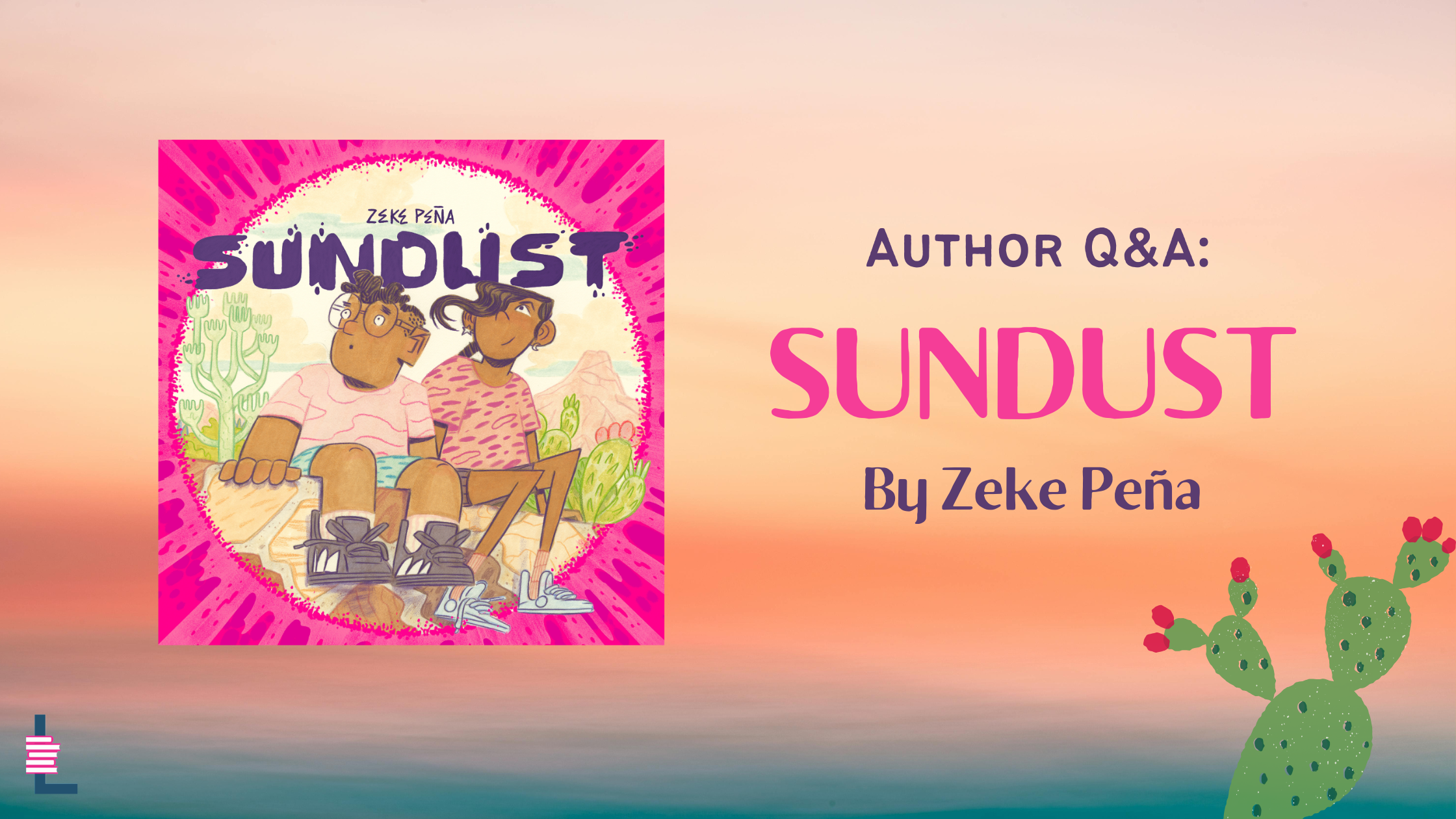This challenging year we have found solace, escape, and inspiration in reading. Latinx authors brought it, and we’re excited to share our favorites of the year. Be sure to check out these titles and to look back through our blog for more incredible reads!
ART ABOVE EVERYTHING: ONE WOMAN’S GLOBAL EXPLORATION OF THE JOYS AND TORMENTS OF A CREATIVE LIFE BY STEPHANIE ELIZONDO GRIEST | ADULT NONFICTION
“Chicana author Stephanie Elizondo Griest traveled the world to bring us 100+ bold, stunning and gripping tales from artists around the world who talk intimately about their art—what it requires, what it gifts them and what art costs. No two are alike. They are writers, visual artists, dancers and musicians. Art is inheritance, dissent, devotion, revenge, celebration and more. Amazing read.”—Maria Ferrer, Events Director
MY TRAIN LEAVES AT THREE BY NATALIE GURRERO | ADULT FICTION
“A story about grief and rediscovering yourself. Xiomara Sanchez unexpectedly loses her sister and becomes numb to life. Then she comes across an amazing opportunity to audition for the Broadway Director of the moment, Manny Santos. This leads her through a series of events where she must face herself and the emotions that she has buried deep within her. I thought Guerrero did a beautiful job of depicting the messiness of pain and the difficult road towards healing. A love letter to Washington Heights, the dreams we all have within us, and the rough edges that make us human.”—Tiffany Gonzalez, Treasurer
THE UNWORTHY BY AUGUSTINA BAZTERRICA | ADULT FICTION
“Sequestered in a protective and violent convent, a member of the Sacred Sisterhood writes the story of her life and hides the evidence in her breast. Meanwhile, over the walls, the world is said to be ravaged and diseased, offering no salvation. Bazterrica writes a punishing novella for the times, expounding on our basic instincts for preservation, what pushes us to extremism. Perhaps most unsettlingly, she confirms I’m more than likely to end up in a cult.”—Andrea Morales, Writers Mentorship Co-director
THE POSSESSION OF ALBA DÍAZ BY ISABEL CAÑAS | ADULT FICTION
“This historical gothic romance novel whisks you to 18 th century Zacatecas, México and then to a mysterious silver mine, where two compelling characters each searching for freedom from their families find themselves inexorably drawn to each other, even as it’s forbidden. It’s full of pining and lush, visceral prose. This wonderfully creepy tale is one you’ll want to cuddle up with on a cold, dark night.”—Toni Kirkpatrick, Chair
THIS IS THE ONLY KINGDOM BY JAQUIRA DÍAZ | ADULT FICTION
“Jaquira Díaz’s debut novel had me engrossed from the very first page, when a cane cutter discovers a body in the cañaverales. So begins an immersive and affecting origin story about one Puerto Rican family. Set between a working-class barrio on the island and Miami, the book largely follows Maricarmen and her daughter Nena as they struggle through a new reality in the aftermath of a murder. What I love most about this novel is how tenderly Díaz treats her characters. They make mistakes and are imperfect people, as we all are. Love itself is imperfect. A bonus is that each chapter in the book is also the title of a salsa song. As a reader, they felt like an invitation into the richness and power of the music genre’s storytelling.’’—Amaris Castillo, Volunteer and blogger
SILENCED VOICES: RECLAIMING MEMORIES FROM THE GUATEMALAN GENOCIDE BY PABLO LEON | YOUNG ADULT GRAPHIC NOVEL
“Guatemalan animator and author Pablo Leon’s action-filled graphic novel bridges two generations impacted by the Guatemalan genocide that took place from 1960-1996. Told through multiple first-person narratives, two US born brothers explore their heritage and family history while their immigrant mother who has hidden her traumatic past eventually shares her story. The alternating storylines and beautiful cinematic artwork work masterfully together, weaving in historical research and memories. I had never heard of this genocide that took place only a few decades ago, and it is an important reminder of how history (and genocide) repeat itself. Pablo Leon’s author-artist debut is a timely and historic story that I will never forget.”—Stefanie Sanchez Von Borstel, Board Member






















